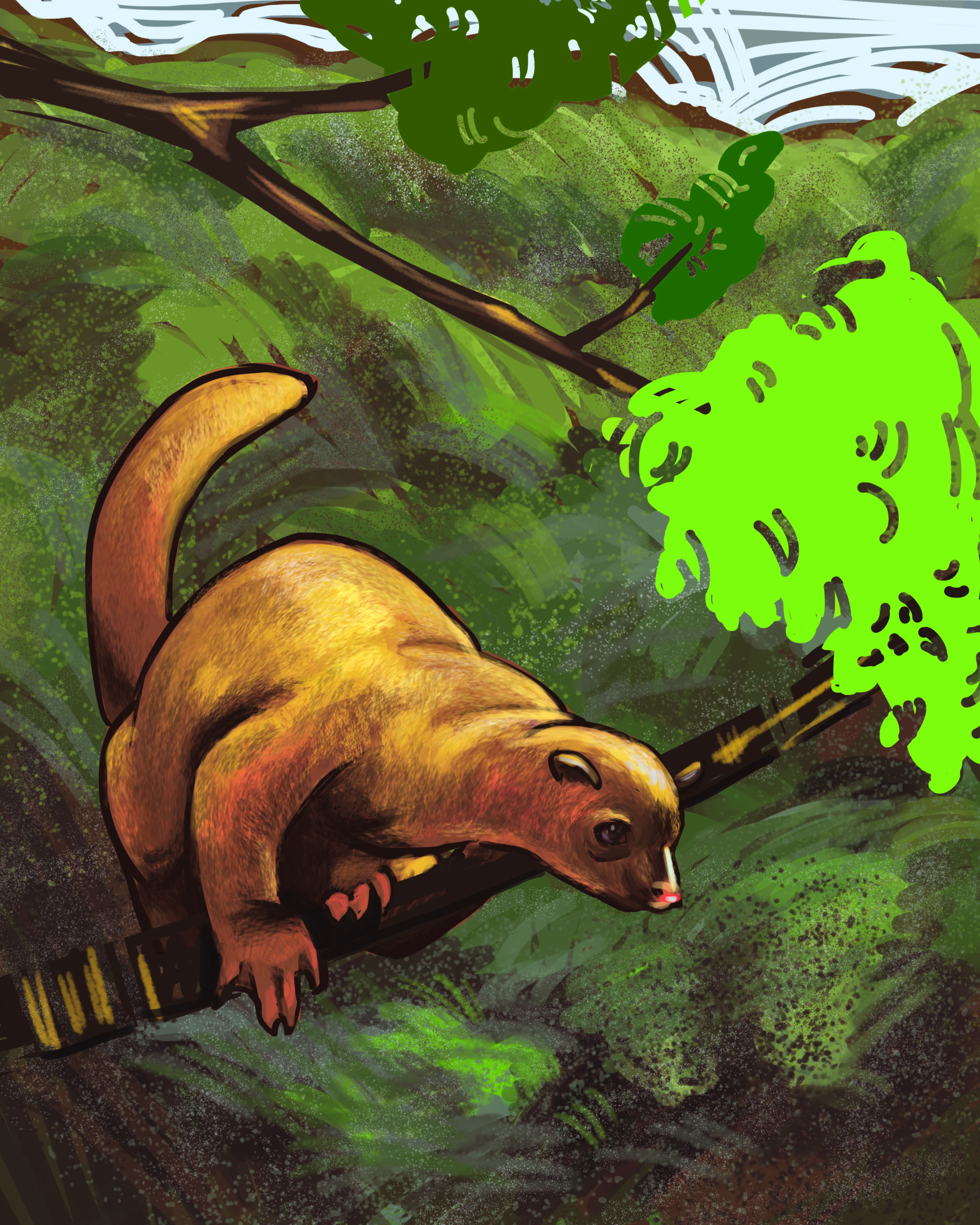Today is the day, back to school. Some of us might be filled with excitement and hope for the thrill of a new year of learning and higher education. Others might be devastated and frightened by the stresses of too many courses and heavy workloads. I am filled with both excitement and dread and the back of my mind is crying out, “I’m not ready!” But what can you do? Take a deep breath, jump in with both feet and just hope for the best. Perhaps this issue’s creature of choice can be some form of inspiration to us all. It is the intelligent, industrious, devious and graceful mimic octopus.
The mimic octopus, Thaumoctopus mimicus, was unknown to scientists until its recent discovery in Indonesian waters in 1998. Mimic octopuses tend to get about 60 cm long and are a modest brown and white striped sort of colour. But like many of their cephalopod friends, they have the ability to change colour by altering the distribution of pigment in their skin. This is a form of communication that can be used to communicate with members of the same species or to warn off potential predators. It is also a strategy used to camouflage the animal in order to avoid being seen by predators.
Many cephalopods can also modify the texture and consistency of their skin in order to appear flat and smooth like sandy bottoms, or rough and bumpy like a rocky area or coral reef. The mimic octopus takes these abilities to the next level by using a combination of pigmentation, strategic movement and limb positioning to actually mimic other organisms found in its highly diverse environment. The mimic octopus imitates many highly toxic animals such as lionfish, flatfish and even sea snakes. These animals have bold, high contrast colouration that is used to warn potential predators of their toxic nature. The idea for the mimic octopus is that if it can pass itself off as one of these dangerous animals, it will not be chased and eaten by its own predators.
Seems like a reasonable thing to do, kind of like wearing those t-shirts with the really buff and sexy body type to fool unsuspecting potential dates at bars, right? The thing is that there is a pretty low risk for humans; if the individual you are trying to fool into going on a date with you realizes that it is not your true buff bod but just a t-shirt, at worst you just won’t get a date. But for the mimic octopus, if the poisonous animal imitation is a failure, the mimic octopus gets eaten. Game over.
Scientists haven’t yet come up with any really fancy explanations for how this high-risk strategy evolved, but there are some fresh ideas going around. New research by scientists from the California Academy of Sciences and Conservation International Indonesia looked at DNA sequences of 35 different species of octopus related to T. mimicus in an effort to shed light on this unique adaptation. Their research suggests that the use of bold colour patterns evolved first in order to shock and frighten potential predators away should the more passive camouflage technique fail. Then, the swimming techniques and arm positioning used to mimic the movements of different species seems to have evolved. Finally, the two appear to have been combined with bold colour patterns used while swimming like a lionfish, sea snake or flatfish, as seen in the mimic octopus today.
This is also the first known example of an organism that mimics multiple different species and what’s more, observations have been made of mimic octopuses impersonating the specific type of predator that would be most dangerous to whatever species happens to be threatening the octopus at that time. The high level of intelligence suggested by this strategic mimicry definitely places the mimic octopus in the “smarter than the average bear” category, in this writer’s humble opinion.
Much remains unknown about the life history of the mimic octopus. They live on the bottoms of muddy estuarine areas in the Indo-Pacific region and their relatively recent discovery means that there is much more to be learned about these amazing little cephalopods.




